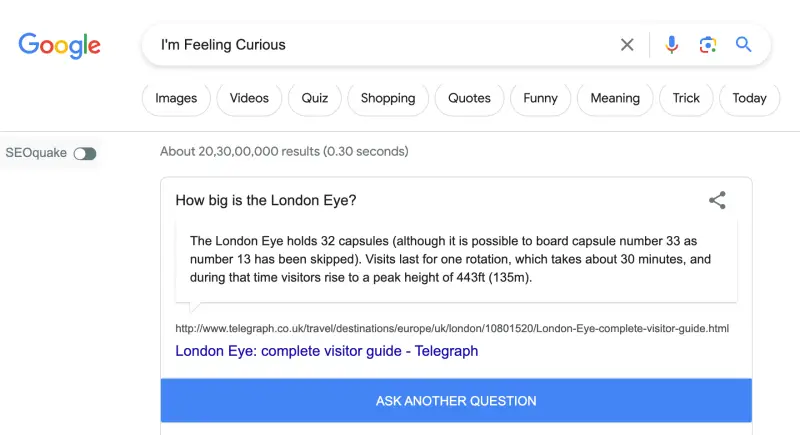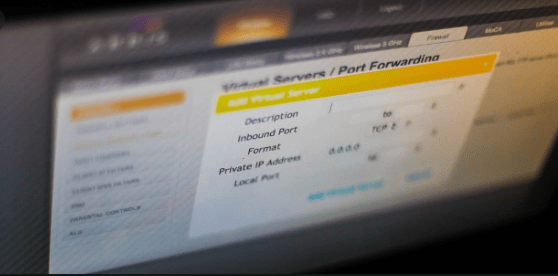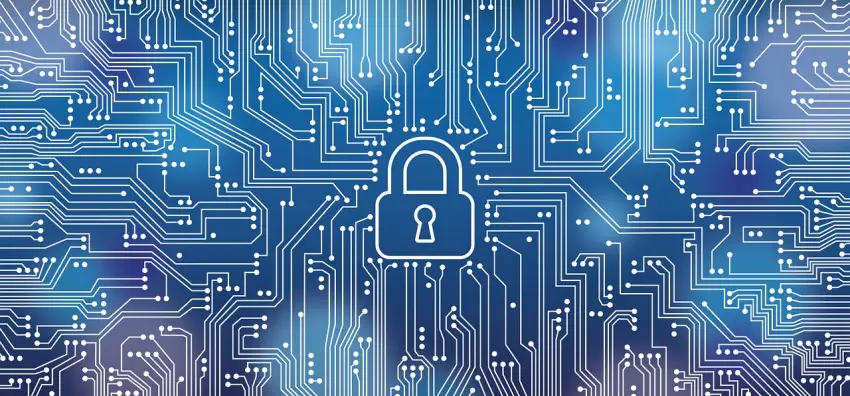Public WiFi is our ticket to online life on the go – from cafes to airports. It’s convenient, letting us work and play while waiting or sipping coffee. But beneath the ease lies hidden risks – data interception and malware attacks.
Venturing into the depths of these looming dangers, we shall scrutinize the boons and banes they offer. We’ll provide you with guidelines for traversing the intricate realm of public WiFi.
Read:- How To Secure WiFi Connection?
Uncovering the Hidden Dangers of Public WiFi
Lurking beneath the convenience of public wifi, a web of dangers silently awaits. They have the power to jeopardize our personal secrets and online safety.
Imagine you’re on a public WiFi network, sending personal information to a website. A cybercriminal could position themselves between you and the website, capturing and stealing your data without you realizing it.
In a Man-in-the-Middle (MitM) attack, hackers slide into the middle of your online conversations. And once they’re there, they slyly snatch away your passwords and credit card details.
Another method hackers employ is “sniffing.” Within this digital pas de deux, hackers intercept delicate data in transit. Usernames, passwords, and credit card numbers flutter into their waiting hands.
It’s not just data interception we need to worry about. Public WiFi networks are fertile soil for the growth of malware attacks. Exploiting software vulnerabilities, cybercriminals entice you into downloading harmful programs, weaving their traps unnoticed.
Be cautious of malicious hotspots, too. Hackers often set up fake WiFi hotspots with names that resemble legitimate ones. These hotspots can steal data and infect devices with sneaky malware.
Another sneaky tactic is drive-by downloads. Cybercriminals inject malicious code into normal websites or advertisements. When we visit these sites or click on ads, our devices get infected without our knowledge. Public WiFi networks, with their many users, provide a prime opportunity for these types of attacks to spread quickly.
Using public WiFi is undoubtedly convenient, but it comes with risks. It’s crucial to keep our eyes wide open about these possible risks. While we enjoy the benefits of connectivity on the go, let’s also stay vigilant and informed about the lurking threats that could compromise our digital security.
Mastering Public WiFi Safety: A Quick Guide
Using public WiFi doesn’t have to be risky. Learn these straightforward techniques to stay safe while staying connected. Here’s your key to secure online adventures on public WiFi.
- Encryption. Imagine encryption as your secret code for safeguarding info. When you see “HTTPS” and a padlock symbol in your browser, your data turns into a code hackers can’t crack. Always check for these signs, especially on public WiFi. For added security, think about a Virtual Private Network (VPN), preferably one that incorporates a tracker blocker feature. This effectively prevents hackers from tracking your online activities.
- Network Selection. Not all WiFi networks are safe. Trust networks from reputable places like hotels or airports. These often have extra protection. Be wary of networks with generic names – hackers might use those. When in doubt, ask the staff to confirm.
- Two-Factor Authentication (2FA). Implement 2-factor authentication (2FA) across your critical accounts. It’s an additional layer of security subsequent to your password—a formidable deterrent against any illicit attempts to breach your privacy.
- Firewalls and Antivirus. Firewalls act like bodyguards for your device, blocking unwanted visitors. Keep yours on. Regularly update your antivirus software to keep your device clean from digital threats.
- Public WiFi Etiquette. Disable file sharing and printer settings on public WiFi. Check your device’s settings to prevent auto-connecting to unknown networks or sharing your location without consent.
You may also like:-
The Era of Cyber Security for Utilities
What Is Setup Wizard On Android Phone?
Final Words
In this age of being constantly connected, it’s not about being scared of public WiFi, but about being smart about it. Knowledge is power, and by understanding these things, we can enjoy the benefits of public WiFi while staying one step ahead of the potential problems.







